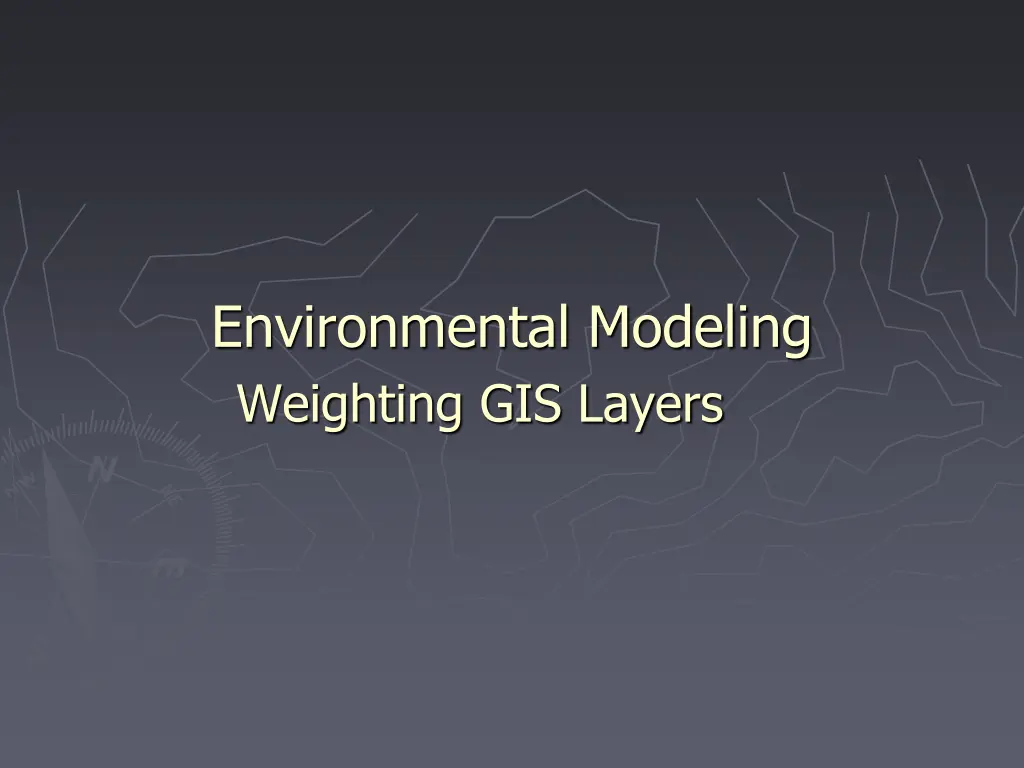
Groundwater Recharge Modeling and Analysis
Explore the process of estimating groundwater recharge using hydrological modeling and regression analysis. Independent variables such as annual precipitation, soil water storage, depth to water table, and precipitation rate are considered in predicting groundwater recharge. The study emphasizes statistical analysis and regionalization techniques to provide insights into water resource management.
Download Presentation

Please find below an Image/Link to download the presentation.
The content on the website is provided AS IS for your information and personal use only. It may not be sold, licensed, or shared on other websites without obtaining consent from the author. If you encounter any issues during the download, it is possible that the publisher has removed the file from their server.
You are allowed to download the files provided on this website for personal or commercial use, subject to the condition that they are used lawfully. All files are the property of their respective owners.
The content on the website is provided AS IS for your information and personal use only. It may not be sold, licensed, or shared on other websites without obtaining consent from the author.
E N D
Presentation Transcript
Environmental Modeling Weighting GIS Layers
1. A Hydrologic Model To estimate groundwater recharge in order to issue water pump permission Statistics: Multiple Regression Sophocleous, M., 1992. Groundwater recharge estimation and regionalization: the Great Bend Prairie of central Kansas and its recharge statistics. Journal of Hydrology, 137:113-140.
2. Variables Dependent variable: groundwater recharge
2. Variables Independent variables: 1. annual precipitation 2. soil-profile water storage during spring 3. depth to water table in spring 4. spring precipitation rate = spring precip/# of spring precip days 5. number of precip days during the year
At each location, collect values for both the dependent variable and the independent variables
3. Regression Independent variables 1-4 are included in the regression Variable 5 is excluded because the level of sig> 0.05 for F test Recharge = -48.8347 + 0.1917X1 - 0.0829X2 - 4.9594X3 + 5.3639X4 R2 = 0.76
3. Regression Recharge = -145.6206 + 0.3449 precip R2 = 0.5793 Recharge = -48.2453 + 0.2869 precip - 0.1097 soil water R2 = 0.6895 Recharge = -9.3727 + 0.2459 precip - 0.0819 soils water 5.2387 water level R2 = 0.7381 Recharge = -48.8347 + 0.1917 precip - 0.0829 soil water 4.9594 water level +5.3639 precip rate R2 = 0.7575
Regression Results Analysis of variance Regression 3 Residual DF Sum of Squares 97747.09184 36 7061.68316 Mean Square 32583.03061 196.15787 F = 166.10616 Signif F = 0.0000 Multiple r R Square Adjusted R Square 0.75701 Standard Error 0.87328 0.76262 14.00564
Regression Results Variables in the Equation Variable b X1 0.1917 X2 -0.0829 X3 -4.9594 X4 5.3639 Se b 0.001715 0.001219 11.079785 7.3908 Beta 0.725998 -0.994050 -16.161 0.0000 -0.052423 -0.4841 0.0310 7.9273 -0.932 0.0926 t 6.262 0.0000 Sig t Recharge = -48.8347 + 0.1917prcip - 0.0829soil water - 4.9594water level + 5.3639precip rate
4. GIS Overlay Extend the site-specific relationship to the entire study area The regression establishes a quantitative relationship between recharge and the independent variables Recharge = -48.8347 + 0.1917X1 - 0.0829X2 - 4.9594X3 + 5.3639X4 Recharge( ) = -48.8347 + 0.725998X1 - 0.994050X2 - 0.052423X3 + 7.9273X4
4. GIS Overlay This result is derived from point locations. We need to estimate recharge for the entire study area
4. GIS Overlay For any location that has values for the four independent variables, we can calculate the recharge for that location The values of the four independent variables can be obtained from GIS layers, one layer for each independent variable
4. GIS Overlay GIS layers 1. annual precipitation, NCDC, spatial interpolation 2. spring soil storage, data? 3. depth to water table, well log, spatial interpolation 4. spring precipitation rate, climatic stations
4. GIS Overlay Recharge potential = - 48.8347 + 0.1917 X1 (annual precip) - 0.0829 X2 (spring soil storage) - 4.9594 X3 (depth to water table) + 5.3639 X4 (spring precip rate) The result is a potential groundwater recharge map with a 0.76 accuracy
